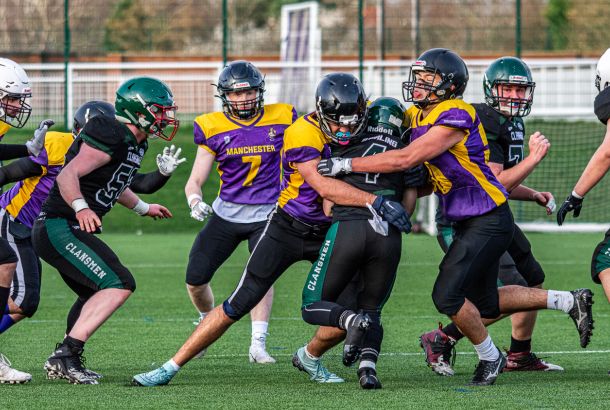Opinion: why bullfighting needs to be banned in 2019
By Iwan Hopkins

It seems ridiculous that it’s an opinion that still needs to be voiced. In a modern world, where animal rights are constantly fought for, how can bullfighting be legal?
The concept of the matador is a classically romantic one. The tall, smartly dressed, handsome Spaniard, outwitting the raging bull, is a recognisable image. The sport became embedded in popular culture during the twentieth century, with even Bugs Bunny taking his turn to embody the brave figure.
However, the reality is far less glamorous. The fancy costumes and, to some extent, the tall, handsome Spaniards, remain, but the bull is far from a naturally angry figure easily fooled by a billowing red cape.
Bullfighting is a physical contest. It is advertised as Man vs Beast but, in reality, it is Beast vs Bull. The aim of the ‘sport’ is to subdue, immobilise or even kill the animal that has been provoked into attacking. The preparation for the fight is, quite frankly, barbaric.
According to a report by Last Chance for Animals, the bull is commonly subjected to horrendous conditions before entering the arena. The animals are weakened using heavy weights, have their sight altered by petroleum and are force-fed salt to reduce their speed, making them an easier target.
They are then held in small, isolated cells, where, as research shows, they become confused and anxious, before being harpooned. This is all before they have even made it to the audience.
Within the ring, the bull is agitated by picadores (fighters on horseback), before being introduced to the matador, who will then attempt to bring the bull to its death.
Though there is clearly an immense amount of cruelty towards the innocent animals in this medieval form of entertainment, they are not the only ones at risk.
Bullfighting also comes at a great risk to the bullfighters themselves.
In mid-October, there was a notable injury in Spain, as Gonzalo Caballero (boyfriend of Spanish princess, Victoria Federica) was severely maimed. He suffered two wounds, in his leg and groin, which were 25 and 30 centimetres deep.
However, despite this injury, the fight went on, and the bull was slain by another matador. The bull’s ear was later gifted to Caballero in the bullring infirmary (as is traditional).
Unfortunately, this event is by no means an isolated incident. Approximately 47 fights a year see either the picador or matador get injured.
A 2015 report from the BBC made an apt comment on the matter:
“While the matador is there by choice, the bull is not. It dies every time, apart from rare occasions where both bull and matador perform exceptionally well. In these cases, the bull’s life is spared.”
This barbaric tradition is nothing short of animal cruelty in its most extreme sense. While it might be argued that bullfighting is a tradition and that the matador is an emblem of Spanish culture, it’s time that we stop accepting this as an excuse.
How can there be any justification behind a sport which abuses innocent animals and endangers the lives of its ‘stars’?
Tradition and history are not excuses, it is time for change.







